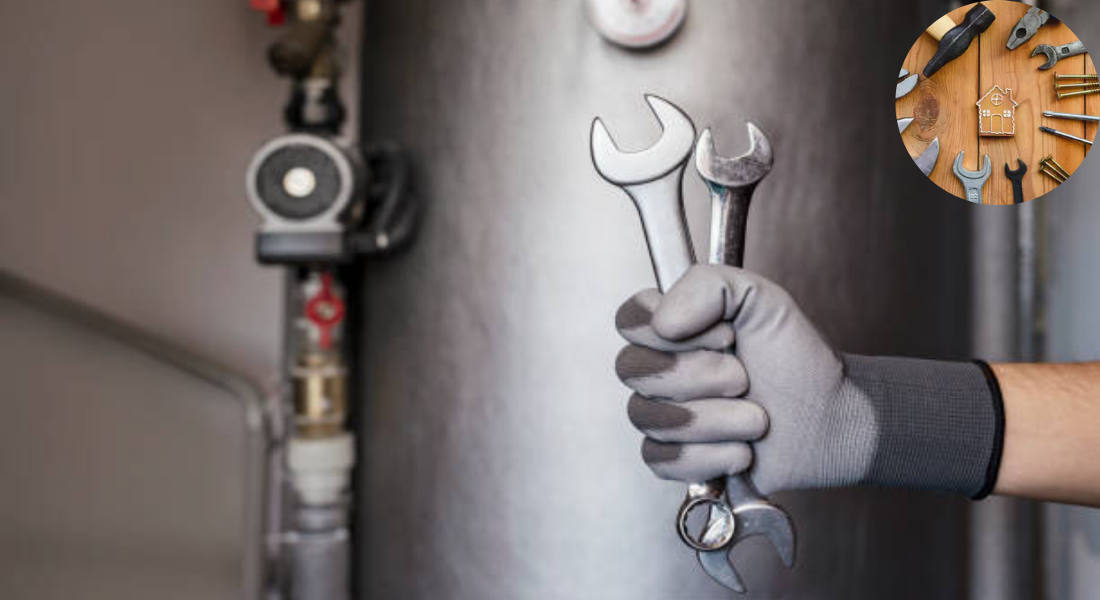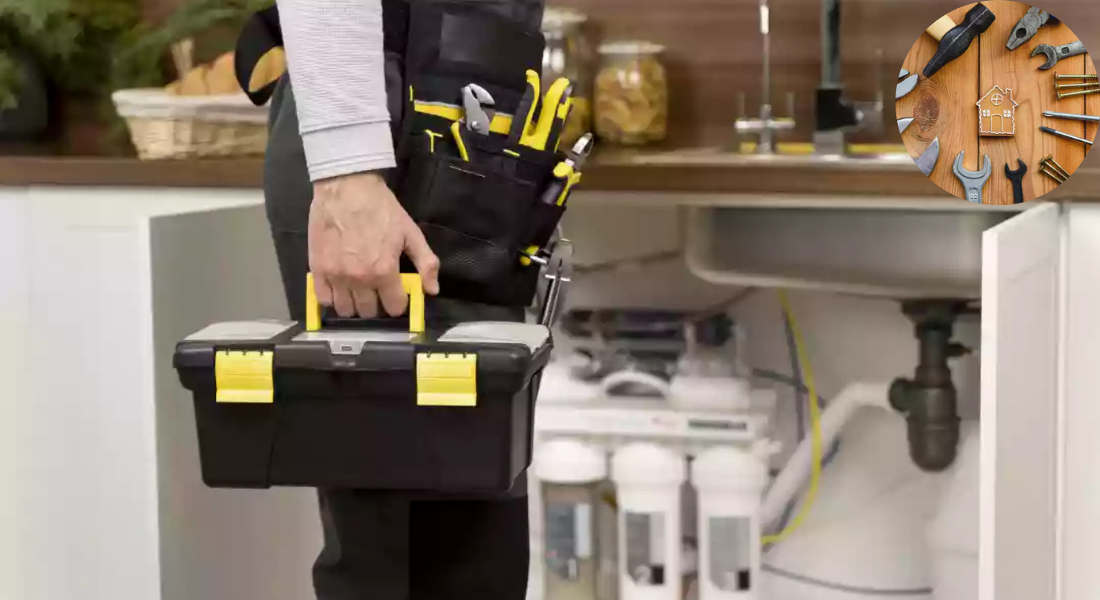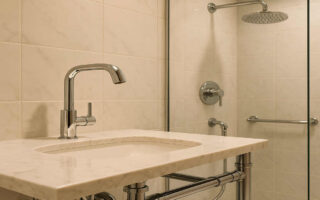When renting a home, it’s crucial to understand the responsibilities shared between landlords and tenants. One of the most common and often confusing aspects of renting revolves around plumbing issues. If something breaks, leaks, or clogs, who pays for house plumbing when renting? This unanswered question often leads to disputes between tenants and landlords.
Knowing who bears the cost of plumbing repairs is not just about being informed—it’s about avoiding unnecessary conflict and ensuring timely maintenance. Plumbing problems can escalate quickly, turning a minor leak into a costly disaster. For this reason, both tenants and landlords must be clear about their respective duties.
Overview of Plumbing Responsibilities in Rental Properties
What Are Plumbing Responsibilities in Rentals?
Plumbing responsibilities in rental homes refer to the duties of maintaining, repairing, and ensuring the functionality of a property’s plumbing system. These responsibilities are generally divided into two categories: landlord obligations and tenant obligations.
The Landlord is typically responsible for ensuring the rental property is habitable, which includes providing a functional plumbing system. On the other hand, tenants are expected to maintain the property, avoid damage caused by negligence, and promptly report any plumbing issues.
The Role of the Rental Agreement
The rental agreement plays a crucial role in defining the responsibilities for plumbing. Most agreements outline who is responsible for specific repairs and maintenance tasks.
- For instance, landlords might include clauses that outline their responsibilities for major repairs, while tenants are tasked with minor upkeep.
- If the rental agreement doesn’t explicitly address plumbing issues, local laws or regulations often step in to provide guidance.
Wear and Tear vs. Tenant-Caused Damage
Another important concept is the distinction between normal wear and tear and tenant-caused damage.
- Normal wear and tear refers to the gradual deterioration of plumbing fixtures and systems due to regular use, which is typically the Landlord’s responsibility.
- Tenant-caused damage, such as a clogged toilet due to improper use or a broken faucet handle caused by negligence, is generally the tenant’s responsibility.
Legal Frameworks
Plumbing responsibilities may also be influenced by local legal frameworks. Many jurisdictions require landlords to maintain habitable living conditions, which include functional plumbing. For tenants, legal obligations often involve using the property responsibly and promptly notifying landlords of any issues.
Who Pays for Plumbing Repairs in Rental Homes?
When it comes to plumbing repairs, the costs and responsibilities depend on the nature of the issue, its cause, and the terms of the lease agreement. Let’s break down the responsibilities of both landlords and tenants.
You may also read (pull their own plumbing permits).
Landlord’s Responsibilities
Landlords are generally required to maintain the property in a habitable condition, which includes ensuring plumbing systems are functional. Here are common landlord responsibilities:
Major Plumbing Failures
Landlords are responsible for major plumbing issues that arise from normal wear and tear or structural problems. Examples include:
- Pipe bursts due to ageing infrastructure.
- Clogged drains are caused by long-term buildup.
- Water heater malfunctions often occur due to outdated equipment.
Pre-Existing Issues
If plumbing problems existed before the tenant moved in, the Landlord is responsible for fixing them. This includes:
- Leaks were detected during the move-in inspection.
- Faulty fixtures that were not repaired before renting out the property.
Timely Repairs
Landlords have a legal obligation to address plumbing issues promptly. Delays in repairs can exacerbate the problem and create safety or health hazards, potentially leading to legal consequences.
Tenant’s Responsibilities
While landlords handle structural plumbing issues, tenants are responsible for routine maintenance and avoiding damage caused by negligence. Let’s explore tenant obligations in detail:
Routine Maintenance
Tenants are expected to perform minor maintenance tasks, such as:
- Unclogging drains caused by hair or soap buildup.
- Replacing seals on dripping faucets.
Negligence and Misuse
If a plumbing issue arises due to tenant negligence, the tenant is responsible for the repair costs. For example:
- A clogged toilet is often caused by flushing inappropriate items, such as wipes or diapers.
- Broken pipes resulting from improper use or care.
Prompt Reporting
Tenants are also obligated to report plumbing issues promptly to the Landlord. Delayed reporting can result in worsening damage, and tenants may be held partially responsible for repair costs.
Unauthorized Repairs
Most lease agreements prohibit tenants from performing unapproved plumbing repairs. Tenants should always seek permission from the Landlord before attempting to fix plumbing problems themselves.
The Fine Line: Negligence and Damage
Understanding the difference between negligence and normal wear and tear is crucial:
- If a tenant neglects to report a small leak that eventually causes significant water damage, they may be held accountable.
- However, if a pipe bursts due to corrosion or age, the Landlord bears responsibility.
Clear communication and documentation can help both parties avoid disputes.
Common Plumbing Issues and Who Pays for Them
Let’s take a closer look at some of the most common plumbing problems in rental properties and determine who is responsible for each.
Plumbing Issue When Landlord Pays When Tenant Pays
Leaky Faucets are often caused by normal wear and tear or faulty installation. Damage caused by tenant misuse (e.g., over-tightening).
Blocked Drains Due to structural issues or old pipes. Caused by hair, grease, or foreign objects.
Burst Pipes Age-related deterioration or extreme weather conditions. Damage caused by tenant negligence.
Water Heater Issues Malfunction due to age or poor maintenance by the Landlord. Improper use by tenants (e.g., overloading the system).
You may also read (what makes a house a high ranch style).
Practical Scenarios
- Leaky Faucet: If a faucet starts leaking due to an old washer, the Landlord should cover the repair. However, if a tenant damages the faucet handle, they’re responsible.
- Clogged Drain: A tenant who clogs a drain by pouring grease down the sink will need to pay for the repair. But if the clog is due to deteriorating pipes, it falls under the Landlord’s duties.
How to Handle Plumbing Repairs in Rental Homes
Both landlords and tenants should follow a clear process to address plumbing issues effectively:
Steps for Tenants
- Notify the Landlord Immediately: Report any plumbing issues as soon as they are noticed.
- Avoid DIY Repairs: Never attempt plumbing repairs without the Landlord’s approval.
- Document the Problem: Take photos and keep a record of all communication with the Landlord.
Landlord’s Role
Landlords should:
- Respond promptly to repair requests.
- Hire licensed professionals for major plumbing issues.
- Cover the costs of repairs that fall under their responsibility.
Legal and Lease Agreement Considerations
Why Lease Agreements Matter
A well-written lease agreement should clearly outline the responsibilities for plumbing. Look for clauses that specify:
- Who handles routine maintenance.
- Who pays for major repairs.
Local Laws and Regulations
Tenants and landlords should familiarise themselves with local laws, as these may supersede lease terms. For example, many jurisdictions require landlords to maintain habitable living conditions, including functioning plumbing.
Tips for Tenants and Landlords to Avoid Plumbing Disputes
- Clear Communication: Always communicate issues promptly and professionally.
- Routine Inspections: Landlords should conduct regular inspections of plumbing systems to identify problems early.
- Written Guidelines: Landlords can provide tenants with guidelines for proper plumbing usage and maintenance.
- Mutual Respect: Both parties benefit from a cooperative relationship.
You may also read (mastering wall venting home plumbing solutions revealed).




